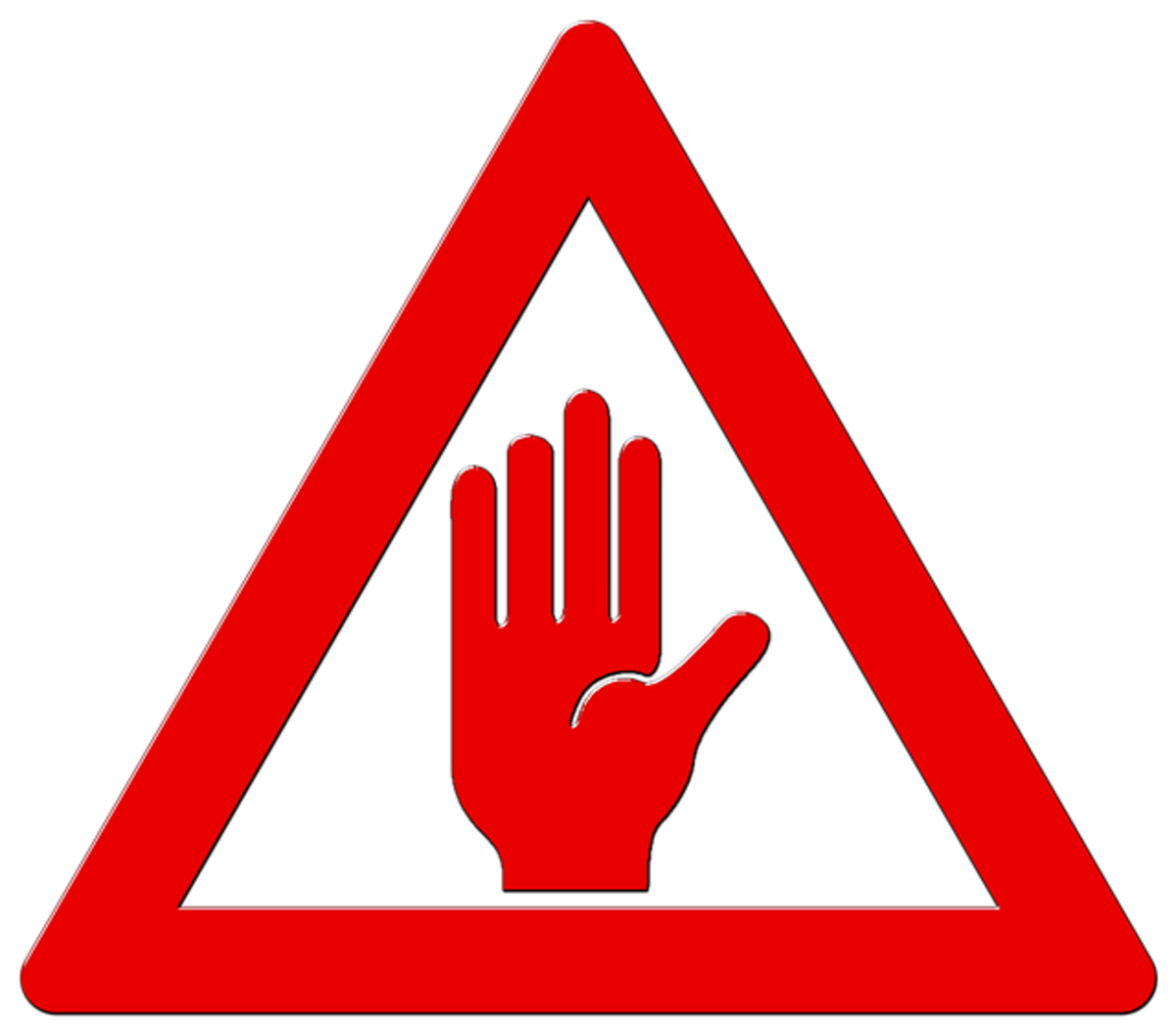Pesticide Exposure
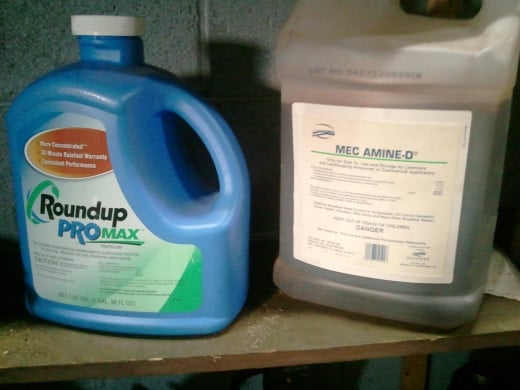
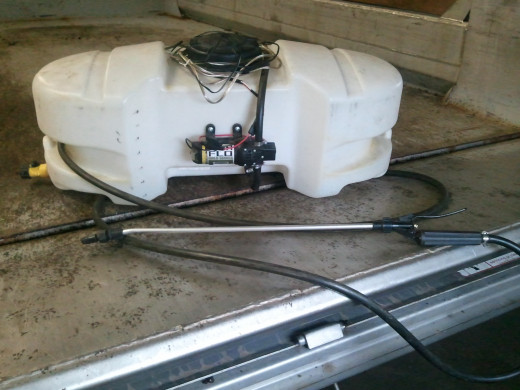
The purpose of pesticides is to harm or kill pests, while being very effective and useful in many situations. On the contrary, pesticide use comes with substantial risks to people and the environment. Humans share many basic features and functions with many pests, especially mammalian pests. Understanding and avoiding exposure is extremely important when transporting, mixing, and applying pesticides.
High exposure to pesticides can be life-threatening. Recognizing the symptoms of pesticide poisoning has, and will continue to, save lives. The symptoms of poisoning can be confused with heat stress symptoms, and confusion between the two has often lead to serious injury and death.
Learning about pesticides before application is not the most enjoyable thing to do, but is absolutely necessary. Short and long-term effects of exposure can be very damaging on the pesticide applicator and others within the vicinity.
This hub is an in-depth summary of pesticide exposure and prevention. Published books and manuals have been used to compile this hub, such as the Wisconsin Pesticide Applicator Training Manual - Turf & Landscape (Commercial Category 3.0 - Sixth Edition). This manual is issued by the state of Wisconsin as a study manual when pursuing a commercial pesticide applicator license.

Hazard and Toxicity of Pesticides
Understanding the difference between "hazardous" and "toxic" are very important when using pesticides.
Hazardous pesticides have a high potential for injury. This reflects the pesticide's toxicity and the likelihood of exposure to the chemicals within the pesticide. Toxicity is a measure of a pesticides ability to cause injury. Toxicity is a property of the pesticide's chemical make-up, its concentration, and its formulation. Exposure to pesticides occur whenever pesticides enter or contact the body.
Hazard = Toxicity x Exposure
For example, Aspirin isn't very toxic and is safely consumed by millions of people everyday. If a handful of Aspirin tablets are consumed by a child, then dangerous effects will follow. The toxicity of Aspirin is low, but exposure is high and is considered hazardous in certain situations. Another example is gasoline. Gas is highly toxic, but it has low exposure due to the technology used in gas pumps that reduces fumes and the possibilities of swallowing gas.

How Pesticides Enter the Body
There are four main routes that pesticides can enter the body. Each of these routes to exposure can be greatly reduced when wearing the correct personal protective equipment.
- Dermal, when pesticides contact the skin.
- Oral, when pesticides are swallowed.
- Inhalation, when pesticide vapors or dusts are inhaled.
- Eyes, when pesticides contact the membranes of the eyes.
Common Causes of Pesticide Exposure
Dermal Exposure
| Oral Exposure
| Inhalation Exposure
| Eye Exposure
|
|---|---|---|---|
Forgetting to wash hands after handling pesticides
| Forgetting to wash hands
| Handling pesticides in confined areas with little ventilation
| Wiping face and eyes with contaminated gloves/hands
|
Splashing and spilling on skin
| Splashing pesticides accidently into mouth
| Handling pesticide powders and dust
| Splashing pesticides into eyes
|
Wearing clothing that has been exposed to pesticides
| Storing food/water near pesticides and areas exposed to pesticides
| Using inadequate/loose fitting safety respirator
| Pouring & handling pesticides without googles
|
Touching surfaces that have pesticides applied to them
| Exposing food to pesticides
| Breathing pesticide spray/mist
| Exposure to pesticide spray/mist/dust
|

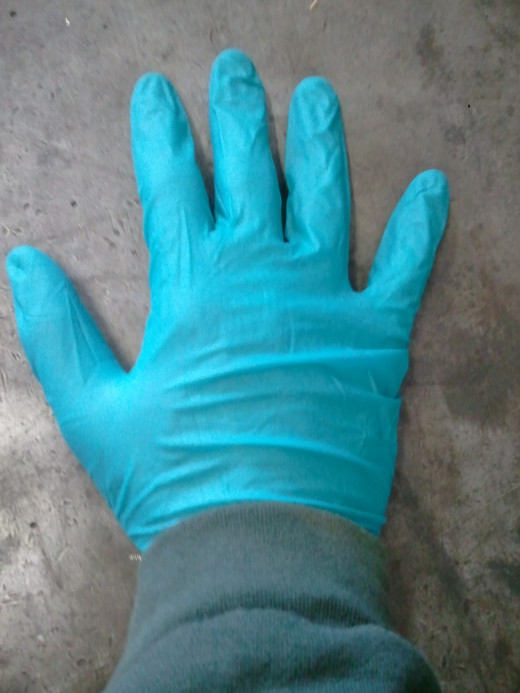
Chemical Resistant Gloves
Dermal Exposure
The skin is the largest organ of the human body and is the most susceptible to pesticide exposure. Absorption though the skin is the most common route by which pesticides can enter the body. Skin absorption depends on a few factors - the chemicals in pesticides, extent of exposure, pesticide formulation, area of body exposed, and the condition of exposed skin.
The genital area is the most susceptible area of the body when it comes to absorption. Many people have become exposed to pesticides this way when a spill lands in their lap. The scalp and forehead are highly absorptive as well. Cuts and scrapes on the skin accelerate exposure compared to unharmed skin. Sweaty skin absorbs more than dry, cool skin as well.
Oil based pesticides penetrate skin the easiest, while water-based pesticide formulations are absorbed easier than dry formulations.
Clothing that has become contaminated should never be washed with uncontaminated clothing. Always wash contaminated clothing separately.

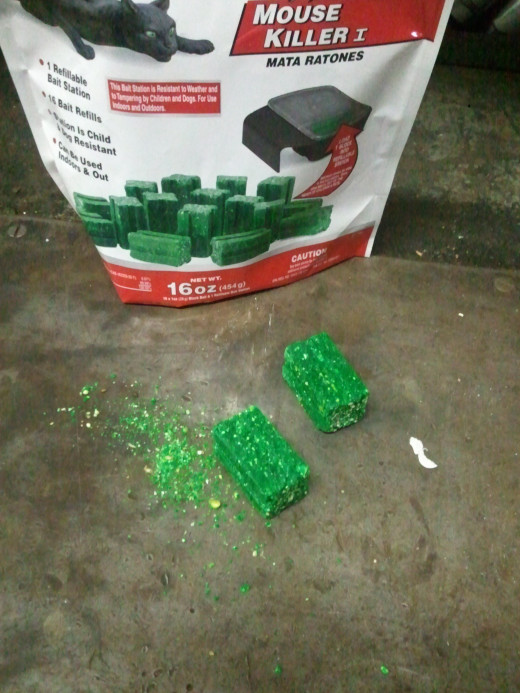
Oral Exposure
Exposure to pesticides via the mouth is extremely dangerous and even life-threatening depening on the pesticide ingested, but oral exposure is relatively rare. The main cause of oral exposure is utter carelessness. The most common cause of human oral exposure is allowing pesticides to enter food containers and drinking bottles. Powdered pesticides can easily get on the hands and onto food or into the mouth. Always wash the hands after handling and using pesticides. Exposure has even occurred when a cigarette is smoked after pesticide handling. Pesticides can be transferred to the filter paper of the cigarette by merely touching it after exposure, then transferring the pesticides into the mouth when the cigarette is smoked.

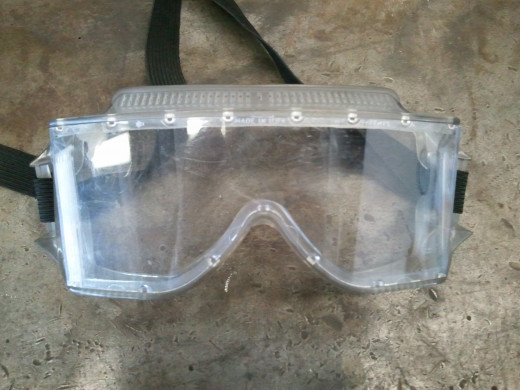
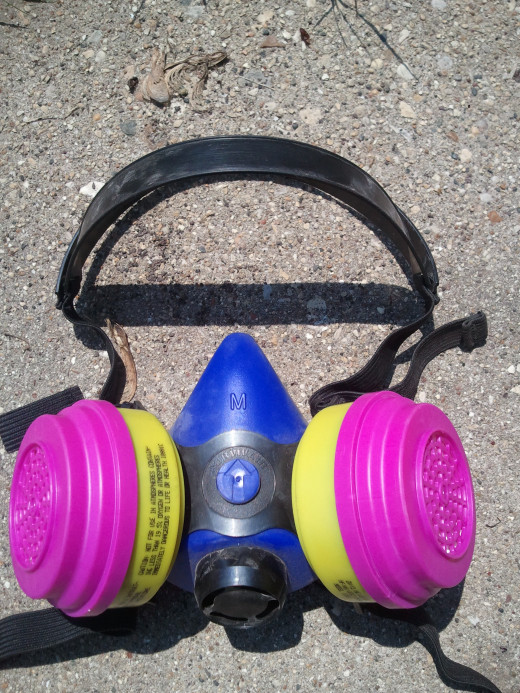
Inhalation & Eye Exposure
Inhaling pesticides is very dangerous due to the rapid uptake ability of the lungs. Vapors and fine particles can be easily inhaled when spraying liquid formulations and spreading powders. Damage can be inflicted to the nose, throat, and lung tissue if enough vapors or particles are inhaled. Mixing and applying liquid spray and powder formulations in confined spaces with little ventilation is very hazardous.
Using a respirator with good filtration greatly reduces inhalation exposure. Do adequate research on respirators to determine what respirators filter fine particles and vapors. Some respirators are slightly pricey, but are worth the money several times over.
Eyes can easily absorb pesticides and must always be protected when mixing and applying pesticides. Damage to the eyes is a common injury, but poisoning can occur if enough pesticide is absorbed. Goggles protect the eyes from accidental spills. Eye injuries can be serious enough to cause loss of vision and even blindness. Use goggles that have venting on the top and sides. Bottom venting is generally avoided because it can allow a splash to enter and land near or in the eyes. Goggles also need to be chemical resistant.
Sun glasses and safety glasses do not provide adequate protection against splashes, powders, and sprays.
Pesticide Protection Respirators
Splash-Proof Goggles

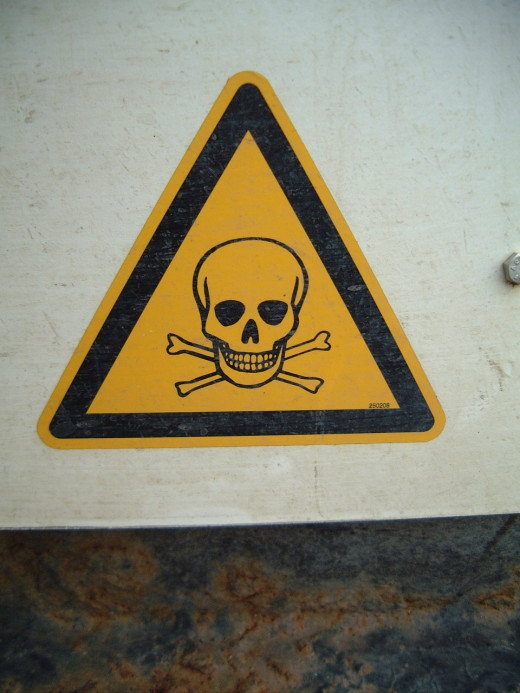
LD50 and LC50 Values
Acute exposure occurs from a single dose of pesticide exposure, while acute toxicity is the pesticide's ability to cause harm. These are measured in Lethal Dose to 50% (LD50) and Lethal Concentration to 50% (LC50) values. Test animals are exposed to pesticide doses to determine toxicity. Once the dosage is high enough to kill 50% of the test population, then the LD value is determined. LC50 determines the toxicity of a pesticide within the air. Concentrations are mixed with air and the value is determined once 50% of the test population expires.
These values only measure how deadly pesticide chemicals are and not their ability to cause injury. Keep in mind that lower values have high the toxicity. This means it takes a smaller dosage to cause death, compared to a higher value.

Toxicity Information on Pesticide Containers
Labels on pesticide containers require toxicity measurements for oral, dermal, and inhalation exposure. The effects associated with the types of exposure are also listed.
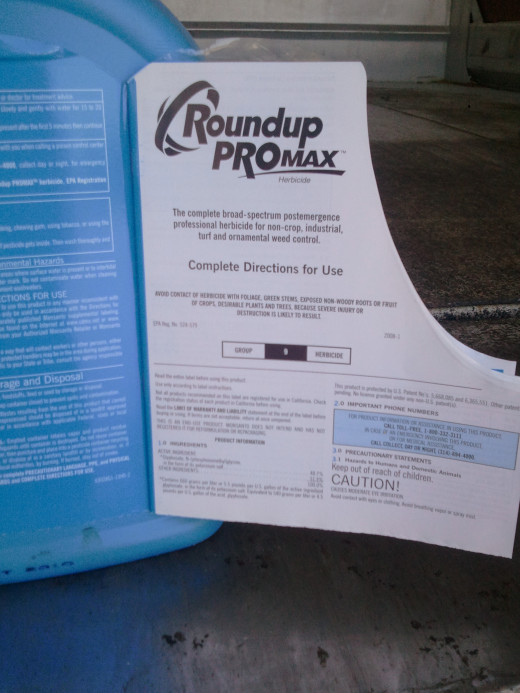
Toxicity Categories
CATAGORY 1 - HIGH TOXICITY
| CATAGORY 2 - MODERATE TOXICITY
| CATAGORY 3 - SLIGHT TOXICITY
| CATAGORY 4 - LOW TOXICITY
| |
|---|---|---|---|---|
SIGNAL WORD ON LABEL
| DANGER - POISON
| WARNING
| CAUTION
| CAUTION
|
Oral LD50 Value (mg/kg)
| 0 - 50
| 50 - 500
| 500 - 5,000
| Over 5,000
|
Lethal Oral Dose for 150-lb Person
| Few Drops to 1 Teaspoon
| 1 teaspoon to 1 ounce
| 1 ounce to 1 pint/pound
| Over 1 pint or pound
|
Dermal LD 50 (mg/kg)
| 0 - 200
| 200 - 2,000
| 2,000 - 20,000
| Over 20,000
|
Inhalation LC50 (Vapor/Gas in parts per million; Dust/Mist in mg per liter)
| Under 200 ppm ; 0 - 0.2 mg/L
| 200 - 2,000 ppm ; 0.2 - 2 mg/L
| 2,000 - 20,000 ppm ; 2 - 20 mg/L
| Over 20,000 ppm ; Over 20 mg/L
|
Effects on Eyes
| CORROSIVE
| Irritation for 7 Days
| Irritation Reversible within 7 Days
| No Irritation
|
Effects on Skin
| CORROSIVE
| Severe Irritation
| Moderate Irritation
| Mild Irritation
|

Symptoms of Pesticide Poisoning
Exposure to pesticides can actually change the physiology of the body. Warning responses from the body must be recognized in order to prevent or reduce serious long-term effects. Quickly identifying exposure symptoms and responding accordingly can even save lives.
Pesticide poisoning can be confused with heat stress and heat illness. Learning to differentiate the two is vital when working in hot climates while using pesticides.
Cholinesterase Inhibition
Both organophosphate and carbamate classes of insecticides interrupt the activity of a vital enzyme called cholinesterase. This enzyme is necessary for nerve cells to function properly. When this enzyme is affected by cholinesterase inhibitors within insecticides, the nerves cells continuously sends messages to the muscles. This causes twitching, weakness, and even severe convulsions. Death is a real possibility once convulsions begin.
Organophosphates
The class of organophosphate pesticides are irreversible cholinesterase inhibitors. Enzyme activity will only return to normal after many days, weeks, and even months without medical treatment. Repeated doses of small amounts organophosphates can accumulate and remain active within the body for long periods of time. Symptoms usually appear immediately after exposure to organophosphates, but some formulations may be delayed for a few hours.
Carbamate
Carbamates are also cholinesterase inhibitors but differ in the way they effect enzymes. Carbamates are naturally reversible and do not have additive effects over time. Acute carbamate poisoning is still a real threat, but it is little less dangerous compared to organophosphates.
Other Pesticide Poisoning Symptoms
All pesticide poisoning symptoms are not identical. Each family of pesticides attacks the body in different ways. Learning the general symptoms of pesticide poisoning will allow hasty reactions to prevent and reduce serious poisoning.
Common Symptoms of General Pesticide Poisoning
Mild Poisoning
| Moderate Poisoning
| SEVERE POISONING
|
|---|---|---|
Fatigue, Weakness
| Excessive Salivation & Perspiration
| Fever, Inability to Breathe
|
Dizziness, Blurred Vision, Headache
| Trembling, Twitching
| Intense Thirst
|
Nausea, Vomiting
| Extreme Weakness, Confusion, Loss of Coordination
| Constricted Pupils
|
Stomach Cramps, Diarrhea
| Rapid Pulse, Chest Discomfort
| Twitching, Convulsions
|
Restlessness, Nervousness
| Difficulty Breathing
| Unconsciousness, Coma, Death
|

Delayed Effects of Pesticide Poisoning
Delayed effects are injuries and illnesses that do not appear immediately, but are delayed for weeks and even months after the initial exposures. Pesticide labels will note delayed effects the pesticide might cause, and how to avoid exposure that may lead to said delayed effects. Delayed effects depend on the pesticide, extent of exposure, route of exposure, and possible repeated exposures.

Chronic Effects of Pesticide Poisoning
Chronic effects of pesticide poisoning can forever damage the body and even change the genetic make-up of cells. Chronic effects do not appear for several years, but the effects seem like that of a nightmare - tumors, cancers, and even genetic mutations. Inherited genetic material can be severely altered within offspring and such mutations are irreversible. The effects of "Agent Orange" are still fresh in the memories and bodies of Vietnam War veterans and Vietnamese civilians who where exposed to the herbicidal agents.

Developmental, Reproductive, and Systemic Effects of Pesticide Exposure
Developmental effects, such as birth defects, are caused by an injury or illness that occurs to a fetus within the womb. The effects are caused when the mother is exposed to pesticides, and the pesticides negatively alter the growth of the fetus. Developmental effects are irreversible and even small doses can cause damage to the fetus.
Reproductive effects impact a person's reproductive system. Exposure to some pesticides can cause infertility or sterility in both genders and impotence within men.
Both of these effects can occur immediately after exposure, but most are not apparent until long after exposure. Most birth defects are only noticed once the child is born, and infertility may only be noticed after repeated failures of conception.
Systemic effects are delayed injuries or illnesses to a bodily system, such as the nervous system. Some systemic effects can occur from a single acute exposure.

Summary
Pesticides have many risks, but are very beneficial and have helped mankind progress over the years. Unfortunately, carelessness of pesticides has damaged the lives of people along with fauna and the environment. Society is far too lackadaisical when it comes to the issue of pesticide use because it is very common and is essential in today's world, especially in agriculture.
Be aware of the risks associated with pesticide use, and always use preventive measure when handling and using pesticides.

Pesticide Poll
Do you regularly use pesticides to control weeds and pests?






